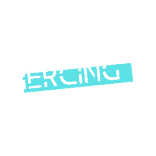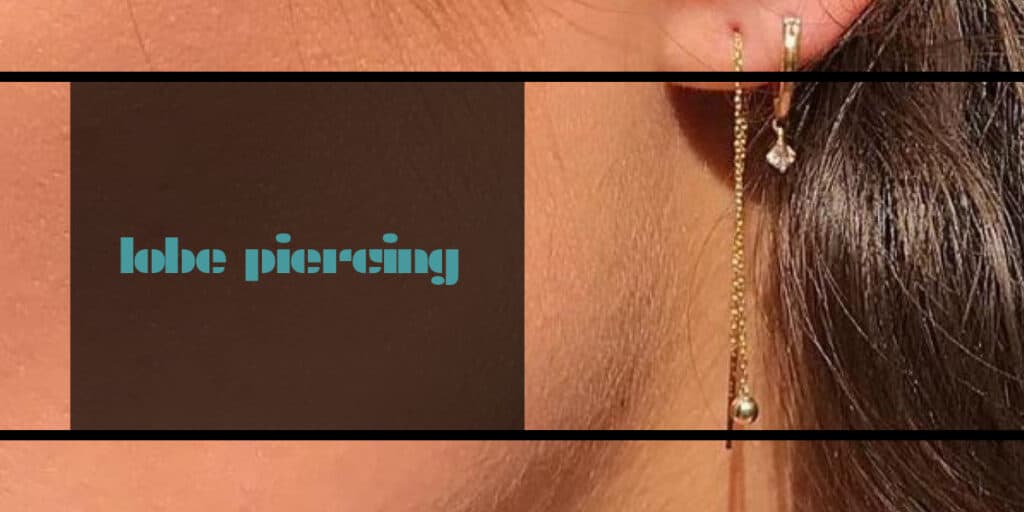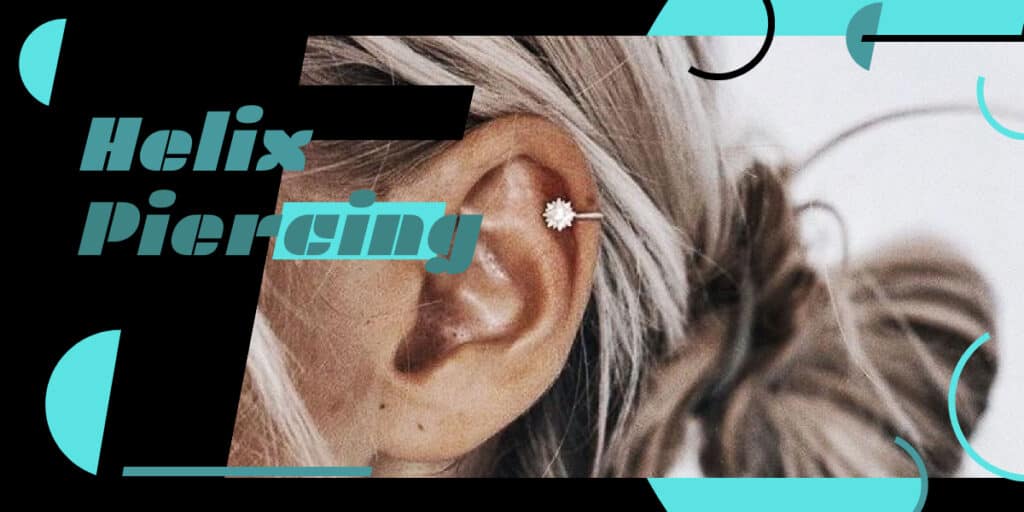What is a conch piercing?
Introduction
A conch piercing – also known as a conch ear piercing, conch septum piercing, or conch stud ear piercing – is a piercings type that involves piercing the outer shell of a conch. Though conch piercings can look exquisite when done correctly, don’t be fooled by the popularity of this piercing type. A conch piercing is a risky piercings type that requires extensive dedication and care to keep it looking good and functioning properly. In this blog post, we’ll discuss everything you need to know about conch piercings, including the anatomy of a conch, what jewellery is appropriate for a conch piercing, and how to take care of a conch piercing.
What is a conch piercing?
If you’re wondering what a conch piercing is, you’re not alone. In fact, conch piercings are a type of ear piercing that involves inserting a decorative piece, like a conch shell, into the earlobe. They come in a variety of designs and can be simple studs or more elaborate designs. So, whether you’re looking for a new piercings style or are simply curious about conch piercings, read on for more information!
Jewellery for a conch piercing
Getting a conch piercing can be a fun and exciting experience, but it’s important to take precautions. Make sure to consult with a professional prior to getting the piercing done, as conch piercings can be delicate. There are several different types of piercings you can get, including a conch piercing. When choosing jewellery, be sure to consider the type of conch piercing you have and the type of jewellery that will look best. It should be heavy enough to keep the implant in place, but not too bulky or tight. Finally, make sure to take care of your conch piercing by following the proper hygiene and care instructions.
How to take care of a conch piercing?
A conch piercing is a beautiful addition to any body piercings and can be a real statement piece. However, like any other piercing, it needs to be taken care of properly. Do not swim with the piercing in, as this can cause problems. Check in regularly with your piercer to make sure the piercing is healing well and that there are no signs of infection. And, of course, always use a protection cream when getting a conch piercing – even if you’re swimming! As conch piercings require special cleaning and care, it is important to know the dos and don’ts when it comes to taking care of them. Follow these simple guidelines and you’re good to go!
Why get a conch piercing?
There are a lot of reasons why people choose conch piercings. Aesthetically, they’re often considered beautiful and can be quite versatile. They offer excellent sound quality and can be quite functional. For example, conch piercings can improve your breathing and help you to better focus. They’re also considered a high-fashion item and can be quite decorative. If you’re considering getting a conch piercing, make sure to talk to an experienced jeweler about the best option for you. They can help you select the right type of piercing, as well as provide aftercare instructions. So, what are you waiting for? Start shopping for conch piercings today!
Preparing for a conch piercing
Are you curious about conch piercings? If so, you’re not alone. Conch piercings are a type of body jewelry that’s growing in popularity, and for good reason. They’re simple to do – all you need is some supplies and enough time to recover. Plus, they’re a great way to add a little extra edge to your look. If you’re new to piercings, don’t worry – most people have no problems recovering from a conch piercing! The only thing you need to be aware of is that conch piercings are a little more sensitive to pain than other piercings, so make sure to take the time to heal properly.
Frequently Asked Questions
What should I do if my conch pierces don’t heal properly?
If your conch piercing doesn’t heal properly after using oil or salt water, then you may need to go see a doctor. This is because conch piercings can get infected easily and if the infection is severe, you may need antibiotics to help healing process. You should also keep the wound dry and covered with a sterile adhesive bandage to help protect it from further infection.
What are the benefits of conch piercing?
There are many benefits to conch piercing, the most prominent of which is the healing time. Because the shell is inserted into the nose or other areas on the face, it takes less time for it to heal than a traditional piercing. This means that you’ll experience far less pain and be able to return to your normal activities much quicker than with other piercings. In addition, conch piercing has been shown to reduce inflammation, decrease the risk of infections, and give people a higher sense of self-worth.
How do I choose the right type of conch to get pierced?
When choosing the right conch to get pierced, it’s important to consider its size, coloration and shape. Some of the most common types of conch piercings include the “standard” conch (which is the most popular type of conch piercing), the endangered Caribbean trumpet shell, Japanese trumpet shell, and African cowrie shell.
Are there any other risks associated with conch piercing?
Yes, there are some other risks associated with conch piercing. These risks include infection, deformity of the earlobe or periosteum (the membrane that surrounds bones), and cartilage damage. To reduce the risk of any of these potential complications, it’s important to discuss your specific medical history with your piercer prior to getting the piercing done. Also make sure to follow aftercare instructions. They will also be able to see if you’re a good candidate for this procedure. Additionally, while conch piercing is a relatively low risk procedure, it’s still important to take all necessary precautions when getting the piercings done. This includes washing your hands thoroughly before and after the piercing, avoiding contact with other people who are sick, and wearing a clean healing garment (if applicable) for the entire healing process.
Is it safe to swim with a conch piercing in place?
Yes, conch piercings are typically considered safe to swim with as long as they are properly healed and there is no infection present. Additionally, conch piercings should be rinsed every time you get out of the water and make sure that it remains dry at all times. If you experience any swelling, redness, or discharge from your conch piercing, then you should go see a doctor immediately.
Conclusion
A conch piercing is a type of body piercing that is popular in the Southeast Asia region. It is a type of piercings that utilizes the conch shell as the piercing material. The conch shell is a type of shellfish that is found in the Caribbean Sea and the Gulf of Mexico. The conch piercing is a popular body piercing because of its unique design and its ability to blend in with various piercings and tattoos. If you are interested in getting a conch piercing, make sure to consult with a piercer who is experienced in this type of piercing. Additionally, make sure to follow the guidelines listed above for taking care of a conch piercing.



Pingback: Ear Piercing 101: A Complete Guide to Types, Jewelry, Aftercare, and More